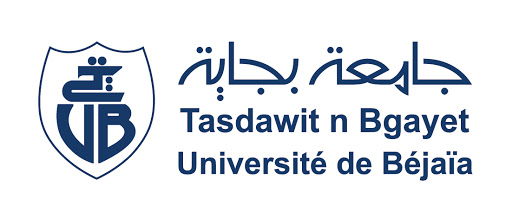Widening The Circle: Differentiating Instruction Through Explicit And Implicit Grammar Teaching For Inclusion Purposes
Résumé: Language teaching methods have received a great attention over the years. Traditionally, in the method era, delivery of instruction often followed a "one size fits all" approach. By the end of the twentieth century and the beginning of the twenty-first century, there has been a growing realization that sticking to one method cannot be successful all the time with all the learners. Given that learners are not all of one kind, and in order to effect change, the postmethod era is favoured. The method calls for differentiating instruction for an inclusive classroom, one which uses different methods for the provision of tailor-made teaching, based on understanding learners‘ individual differences i.e. doing what is fair for students by fitting teaching practices to learning preferences. Inclusive differentiated instruction requires giving students choices about how to learn and how to demonstrate their learning. In the light of the foregoing, the present study raises the following research question: Does the use of a differentiated type of instruction have a differential, or say an inclusive, effect on learners and their interlanguage in comparison with an either-or method of instruction – namely, explicit or implicit? This translates into the following working hypothesis: Learners under a differentiated instructional condition would outperform both explicitly and implicitly instructed groups in that it makes inclusion happen. Thirty (30) first-year university English language learners are divided into three groups: an explicitly instructed group (N=10), an implicitly instructed group (N=10), and a differentiated instructional group (N=10) as a sample for the present study. Parallel structures are selected as the target form. A Grammaticality Judgment Test (GJT) is used to measure accuracy of the target form; therefore, two similar but not identical tests are administered at two temporal times: a pre-test and a post-test. The results of the present study show that differentiated instruction has a differential and inclusive effect in language learning, in that learners in such a condition outperform those in the explicit condition as well as those in its implicit counterpart. Recommendations for both research and pedagogy are discussed
Mots-clès:
Publié dans la revue: Journal of Studies in Language, Culture and Society (JSLCS)
Nos services universitaires et académiques
Thèses-Algérie vous propose ses divers services d’édition: mise en page, révision, correction, traduction, analyse du plagiat, ainsi que la réalisation des supports graphiques et de présentation (Slideshows).
Obtenez dès à présent et en toute facilité votre devis gratuit et une estimation de la durée de réalisation et bénéficiez d'une qualité de travail irréprochable et d'un temps de livraison imbattable!


